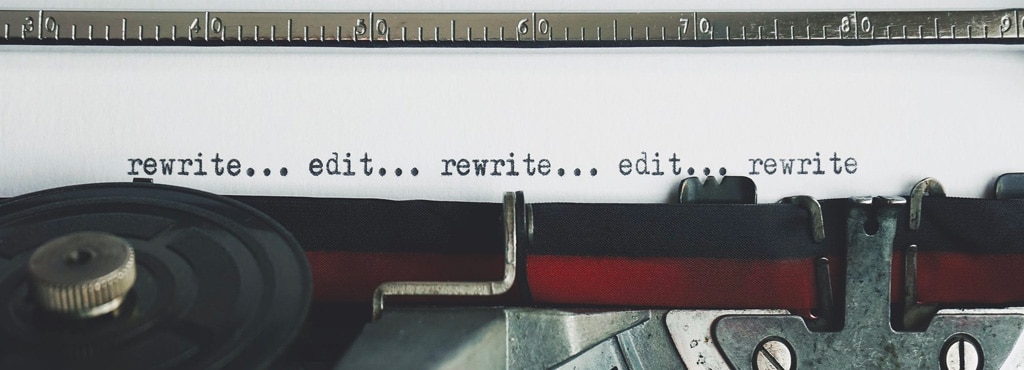When you hear the word “copyright”, you likely think of books, paintings, music, or films. However, in the UK copyright protection extends far beyond these traditional works—covering areas like fashion, industrial design, software, and even exercise machines, as seen in the WaterRower (UK) Ltd v Liking Ltd case.
If you’re a designer, digital creator, or innovator, understanding how copyright law applies to your work is essential to safeguarding your creative works.
In this post, we discuss how copyright law applies to non-traditional creative works, and we provide practical advice to help you protect your rights as a creator.
Creative works and copyright principles
The Copyright, Designs and Patents Act 1988 (CDPA 1988) automatically protects original works as soon as they are fixed in a tangible form. While copyright does not require registration, certain conditions must be met for a work to qualify:
- Originality: The work must reflect the author’s own intellectual effort and creative choices as outlined in the Infopaq case.
- Fixation: The work must be recorded in some form, whether digitally or physically.
- Qualifying Works: While traditional works like literature and music are explicitly protected, other categories, such as industrial designs and artistic craftsmanship, can also qualify under specific rules outlined in 4(1)(c) of the CDPA 1988.
Copyright is not just for words and jingles—it’s a versatile right which protects a wide range of creative works.
Copyright and Works of Artistic Craftsmanship
One of the most debated areas of UK copyright law is the protection of “works of artistic craftsmanship”. This category includes designs that combine artistic expression with skilled craftsmanship.
What Qualifies as a “work of artistic craftsmanship”?
To qualify, a work must:
- Exhibit artistic qualities, such as aesthetic appeal or creative expression.
- Demonstrate craftsmanship, meaning it was created with skill and pride in workmanship.
The WaterRower (UK) Ltd v Liking Ltd case provides a very example of this specific application. The court considered whether the WaterRower rowing machine could be classified as a work of artistic craftsmanship. The court emphasised the creator’s intention to produce something visually appealing, alongside its practical function. This aligns with earlier rulings, such as Hensher v Restawile Upholstery, which highlighted the importance of the creator’s intent and the artistic merit of the work.
It is important to note that the UK’s approach differs from the EU’s broader standard established in Cofemel v G-Star Raw, which focuses solely on originality without requiring aesthetic appeal. This creates challenges for creators seeking copyright protection for industrial designs.
Protecting your designs as “Artistic Works”
To ensure your designs qualify for copyright protection:
- Document the creative process to demonstrate originality and artistic intent.
- Retain sketches, CAD drawings, and prototypes as evidence of craftsmanship.
- Highlight the aesthetic elements of your design, especially if it serves both functional and artistic purposes.
Copyright law and fashion or industrial Design
Fashion and industrial designs can also benefit from copyright protection if they meet the criteria for originality and artistic craftsmanship. For example:
- Fashion Designs: Unique patterns, cuts, or graphic elements may qualify as artistic works.
- Industrial Designs: Products that combine functionality with creative expression, such as retro-style coffee machines or exercise equipment, may also be protected.
The Response Clothing v Edinburgh Woollen Mill case reinforced that designs with aesthetic appeal and originality can qualify as works of artistic craftsmanship. Similarly, the WaterRower case demonstrated that even functional products can gain copyright protection if they reflect the creator’s artistic vision.
Software copyright in the UK
Software is protected as a literary work under CDPA 1988. If the code is sufficiently original, it is automatically protected, granting the creator exclusive rights over its use and distribution. However, copyright does not extend to ideas, algorithms, or functionality—only the unique expression of these concepts in code.
Protecting your software
- Document your development process to establish originality.
- Use copyright notices in your codebase.
- Ensure collaboration agreements clearly define ownership rights.
Digital content creators and copyright protection
Digital creators, including photographers, graphic designers, and animators, enjoy strong copyright protection under CDPA 1988, provided their work is original and fixed in a tangible medium. Examples include:
- Custom graphics or animations for marketing campaigns.
- Unique website layouts or user experience designs.
- Digital artwork or illustrations shared on social media.
Best practices for protecting digital content
- Add watermarks to your work.
- Use copyright management tools to monitor online usage
Lessons for creatives: how to protecting your copyright work
Understanding what qualifies for copyright protection is crucial, especially in less traditional areas like industrial design, fashion, and software. To strengthen your claim:
- Be Proactive: Keep detailed records of your creative process, including drafts and prototypes.
- Combine Protections: Use copyright alongside other IP protections, such as trademarks or registered designs, to cover all aspects of your work.
- Seek Expert Advice: Consult legal professionals like Freeman Harris to ensure your work qualifies for protection and to develop a thorough IP strategy.
Specialist copyright advice from Freeman Harris
Whether you’re a designer, programmer, or digital artist, protecting your work starts with understanding your rights under CDPA 1988. Call or email us to obtain advice from our specialist team.



